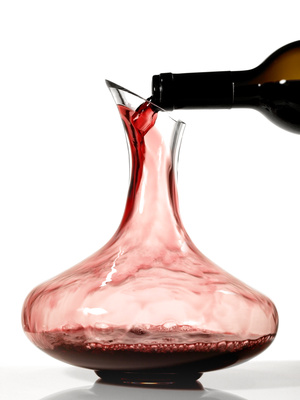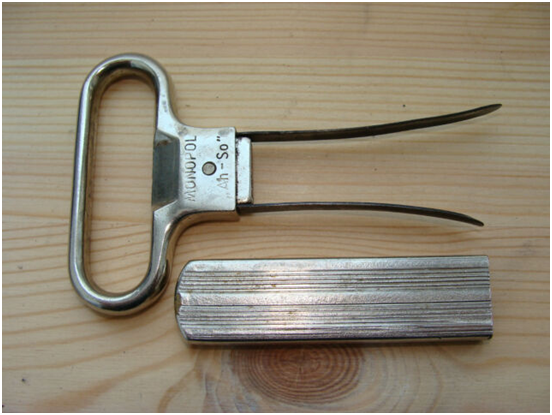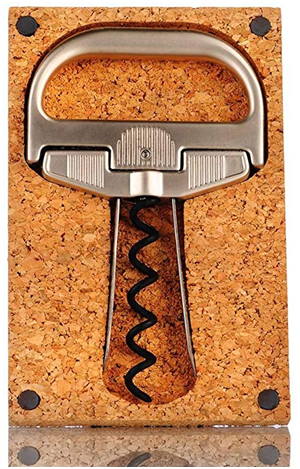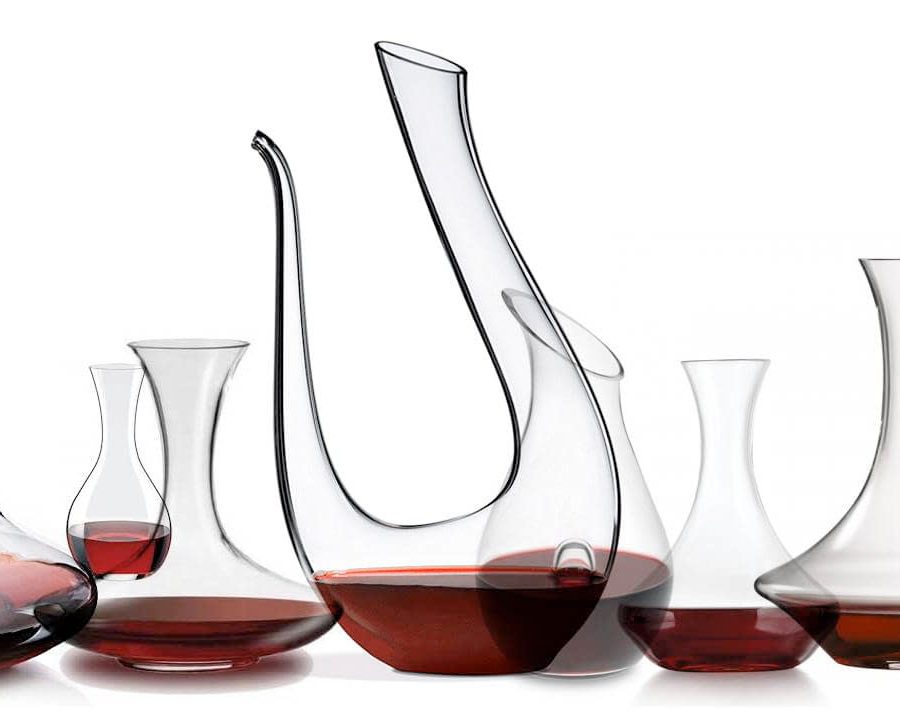Do you want to sell your wine collection? LAST CALL!!!
Setdart accepts wines for his next auction.

At Setdart we hold wine auctions periodically. If you want to sell your wine collection, our experts will advise you on the best strategy to follow. Send an email to tasaciones@setdart.com, a whatsapp to the number 638 388 127 or call us at 932 46 32 41.
HOW TO DECANT A RESERVE OR GRAND RESERVE WINE.
EXPERT GUIDE.
It is necessary to know when and with what type of wine the decantation should be used, which is not only a spectacle when serving a wine, but it is necessary to know which wine is suitable for decanting or you expose yourself to simply making a fool of yourself .
Which wines are decanted by candlelight, jarred or aerated and what to do with those annoying corks that crumble. We offer you tips and tricks for decanting wines.
Why should you decant a wine?
The purpose of decanting is threefold: aerate a wine, remove sediment, and add a bit of entertainment to a dinner.
Airing a wine is similar to shaking a wrinkled sheet and tossing it onto a bed: air smooths out wrinkles so that tannin, the fine mesh in a red wine that gives it structure, appears thick and rounded.


What wines benefit from being decanted?
Heavier young reds with vibrant fruit and fine-grained tannins benefit from an aeration period so they can open up and show their best. Varieties such as Cabernet Sauvignon, Syrah, Zinfandel, Malbec, Nebbiolo, and Tempranillo must be opened two hours before decanting and serving.
The lighter reds, such as PinotNoir, Sangiovese, Garnacha and Gamay, are best uncorked for an hour or so before serving.
Why decanting old wines is different?
Older red wines may not benefit from extended periods of aeration – the main goal with such wines is to separate the liquid from the sediment. Our advice is to open them around 30 minutes before dinner. This will also give you time to replace the bottle if the wine has “perished”.
Preparatory steps to decant a wine
Picking up a bottle of wine the day before serving is a great way to let the sediment settle to the bottom. Keeping it in the cellar before moving it to the dining room to decant will ensure that the wine does not cook smoothly.
How to remove the cork
Choose Your Weapon: The traditional spiral corkscrew is one of the most useful kitchen tools and will work perfectly with most young wines with strong corks.
Place the tip in the center of the cork and use your index finger to guide the shaft down. Put the T-bar in the palm of your hand to force the screw or spiral. Getting the cork out of a wine well results in a “clean and satisfying pop”.
Technical corkscrew for older and more fragile corks
Older crops will require more technical corkscrews, because corks are less durable and tend to crumble. Opt for anah-so , a beautiful two-pronged instrument that is inserted into the sides of the cork and the neck of the bottle. Lead with the longest tooth and tuck it into the space between the cork and the bottle until the shorter tooth is on the opposite side. Once the peg is level with the top of the bottle, twist and pull to remove the cork completely, thus avoiding the horror of cork fragments floating in the bottle.
There is also Durand, which is the combination of the traditional corkscrew and the “ah-so” that should be used for older vintages, although its use is almost only for experts. When used with care, it is the safest way to remove an entire cork. Durand is also highly recommended for use in large format bottles.
How to choose a decanter
The choice of decanter has both practical and aesthetic considerations. The key factor is that you need to be able to spin the wine inside and therefore a wide bottom is important. A narrow neck is also essential to channel the liquid into the glass and avoid spraying the tablecloth. This is our recommendation.
Muslin and a candle for proper decantation.
During the decanting process, the mouth of the decanter must be covered by something that acts as a filter to trap sediment: muslin, gauze or a very fine sieve are perfect for this.
 To decant an old wine where there is sediment, a candle is essential. Light a candle, hold the neck of the bottle overhead and start pouring the wine at a 180 degree angle very calmly into a jug. In this way, when pouring the wine, you can see the sediment as a dark deposit on the neck of the bottle thanks to the candlelight. Inevitably, some wine will remain at the bottom of the bottle with the sediment, but this is not suitable for drinking. This operation must be very careful and must be done very smoothly and slowly and, normally, it is carried out on those old wines that have been in the bottle for a long time.
To decant an old wine where there is sediment, a candle is essential. Light a candle, hold the neck of the bottle overhead and start pouring the wine at a 180 degree angle very calmly into a jug. In this way, when pouring the wine, you can see the sediment as a dark deposit on the neck of the bottle thanks to the candlelight. Inevitably, some wine will remain at the bottom of the bottle with the sediment, but this is not suitable for drinking. This operation must be very careful and must be done very smoothly and slowly and, normally, it is carried out on those old wines that have been in the bottle for a long time.
The jarreado or transfer It is a rapid decantation, not to remove sediment but to allow an intense contact of the wine with the air. When juging the wine is oxygenated faster, that is, when we want to “open” the wine due to the low aromatic intensity. Generally, it is in some young wines where the jarreo is carried out in order to soften them and awaken aromas. For this, large decanters with high necks are used, so that the wine falls creating some foam, which enhances its opening.





